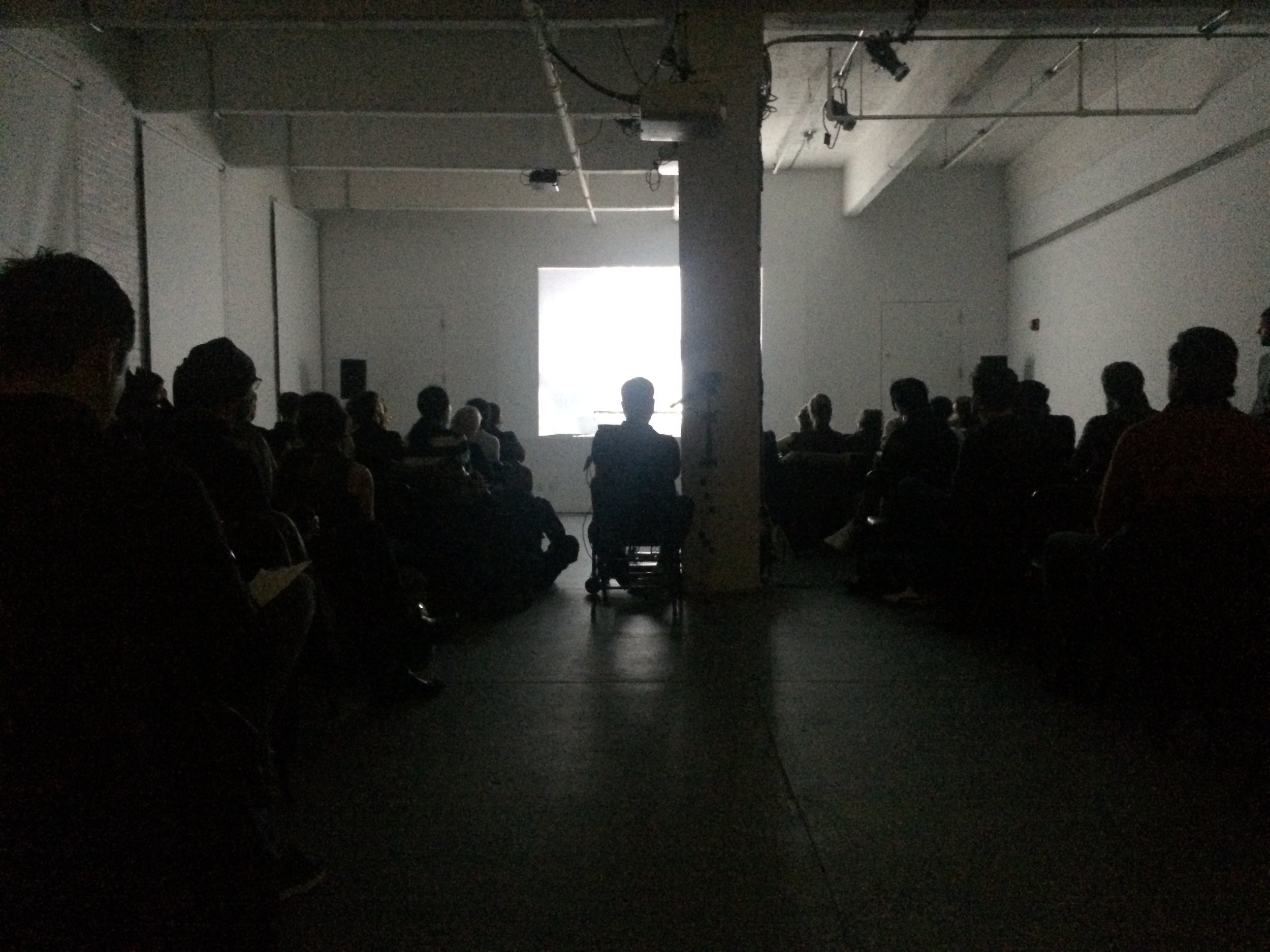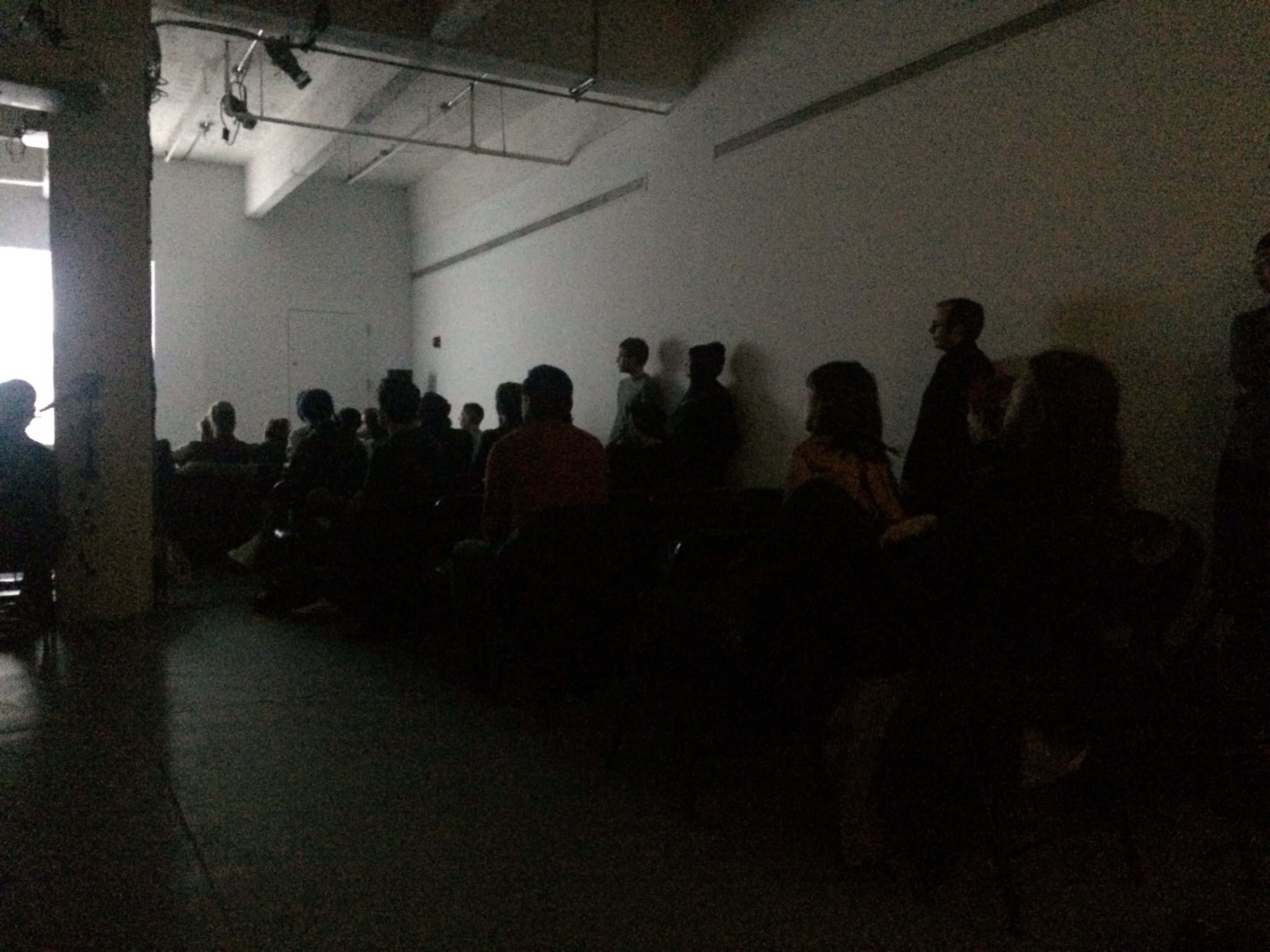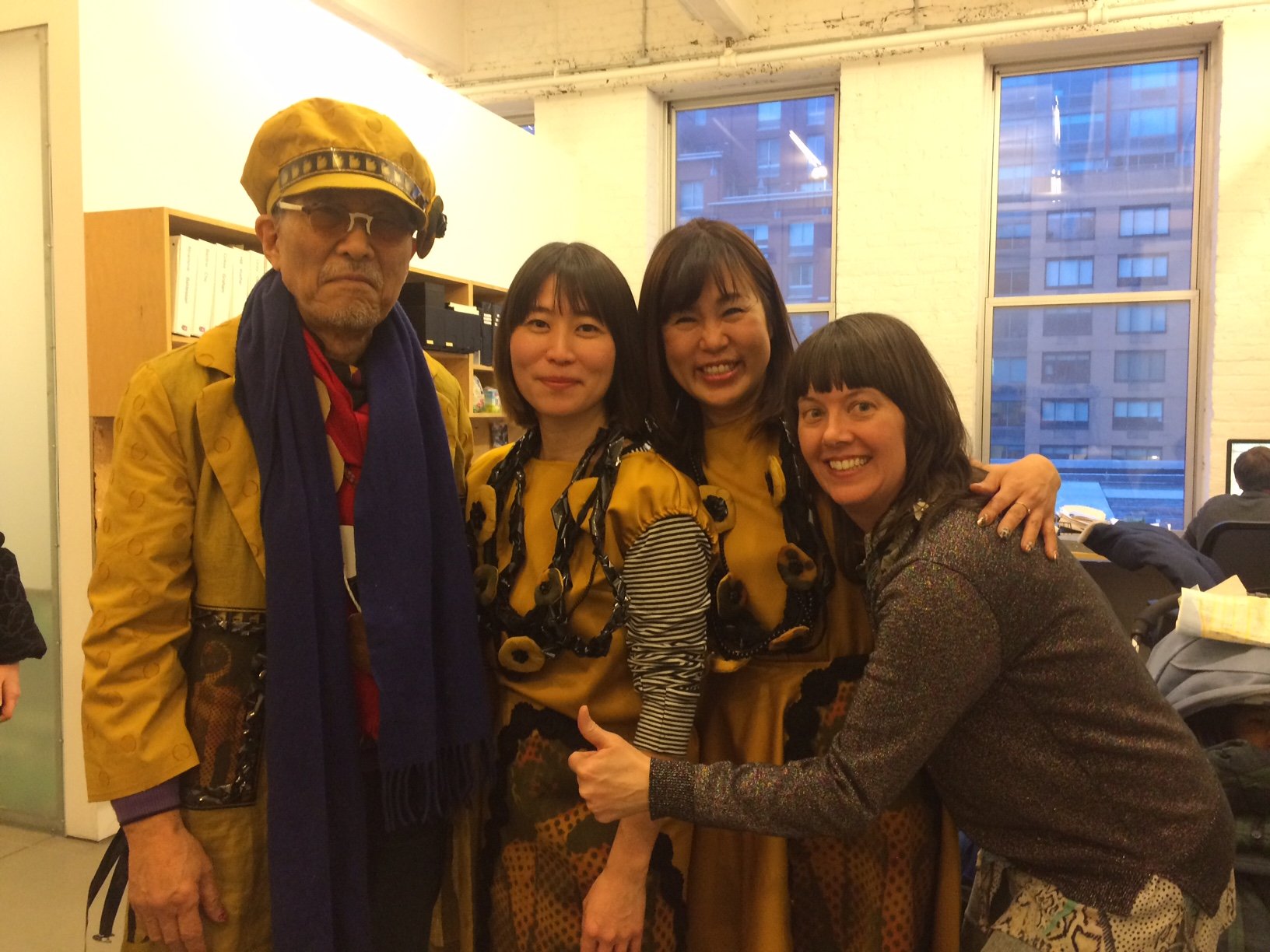Friday, March 8th, 6:30pm
Electronic Arts Intermix
535 West 22nd Street, 5th Flr New York, NY 10011
In 1971, artist Ko Nakajima established the video art collective Video Earth Tokyo, and took a portable video recorder to document local communities, social life, and performance experiments by the collective with the intention to cablecast them locally. During Collaborative Cataloging Japan’s 2018 collections survey research of Nakajima’s works, we discovered many unpublished works and footage, including ½ inch open reel videos of Video Earth Tokyo’s interviews with other local CATV stations.
Welcoming Ko Nakajima to New York and Philadelphia, this program will shine a light on the under-studied history of 1970s Japanese cable access activities. It will include Nakajima’s introduction of Video Earth Tokyo and the regional CATV practice of 1970s Japan, as well as screenings of his work. The evening will open with Ko Nakajima’s independent experimental animation, Seizoki, which CCJ recently restored. For this screening, partner organization XFR Collective will create a new digitization of Shokutaku Ressha (Video Picnic).
Program (90 minutes total)
· Screening: Seizoki, 1964, 4 min, 16mm film transferred to video, color, sound
· Ko Nakajima’s introduction of Video Earth Tokyo, and other CATV stations in Japan in the 1970s
· Screening: Shokutaku Ressha (Video Picnic), 1975, 8 min
· Screening: Under A Bridge, 1974, 13 min
· Screening: Video Earth Tokyo Interviews of Ikeda and Shimoda CATVs, 1970s, 25 min
· Discussion and Q&A
This presentation is made possible in part with public funds from the Creative Engagement grant program, supported by the New York City Department of Cultural Affairs in partnership with the City Council and the New York State Council on the Arts with the support of Governor Andrew Cuomo and administered by LMCC. LMCC empowers artists by providing them with networks, resources, and support, to create vibrant, sustainable communities in Manhattan and beyond.
Additional Opportunities to See Ko Nakajima’s Works
This screening is part of New Findings in 1970s Japanese Video Art: Works of Ko Nakajima and Video Earth Tokyo, a project co-organized by the XFR Collective and Collaborative Cataloging Japan. Additional presentation of newly digitized works by Ko Nakajima will be on view fall 2019, details TBA.
Nakajima’s photography is also currently featured at the Japan Society’s exhibition, Radicalism in the Wilderness: Japanese Artists in the Global 1960s, from March 8th to June 9th. In 1969, Nakajima gained a rare insight into the artist Yutaka Matsuzawa's Psi Zashiki Room, to which few people were invited. On March 10th from 2pm, Nakajima will discuss his experience with Matsuzawa at Image-in-Focus: Ko Nakajima at Japan Society Gallery. https://www.japansociety.org/event/image-in-focus-ko-nakajima
Ko Nakajima
Nakajima Ko began his career in experimental animation with the creation of works such as Seizoki (1964). At his solo exhibition at the Sogetsu Art Center, a space for avant-garde art in 1960s Tokyo, he produced Seizoki by painting directly on the film between screenings. His perennial interest in integrating new technologies, exploring the potential of film, video, and eventually computer animation, joined his desire to explore human intersections with nature, as seen in his Biological Cycle series (1971-); he created the first work in the series, Biological Life (1971-), by copying manipulated film footage onto video, then further manipulating the work with a video synthesizer. In 1971, Nakajima established Video Earth Tokyo, the pioneering video-art collective. Nakajima used one of the earliest available portable video recorders to document Video Earth Tokyo performance pieces and teach the new technology. Video Earth Tokyo members created works, broadcast works on cable television, and participated in international exhibitions and emergent CG (computer graphics) conferences.
Nakajima has produced works in France, Canada, New Zealand, and Denmark. Representative works include Biological Cycle series (1971-), My Life series (1976-), Mt. Fuji (1984), and Dolmen (1987). His works are in permanent collections internationally, including in Centre Georges Pompidou (France), The Museum of Modern Art (U.S.), Long Beach Museum of Art Video Archive (U.S.), and the Getty Research Institute Special Collections (U.S.).
About EAI
Founded in 1971, Electronic Arts Intermix (EAI) is a nonprofit arts organization that is a leading international resource for video and media art. A pioneering advocate for media art and artists, EAI's core program is the distribution and preservation of a major collection of over 3,500 new and historical video works by artists. For over 45 years, EAI has fostered the creation, exhibition, distribution and preservation of video art, and more recently, digital art projects. http://www.eai.org/
About XFR Collective
XFR Collective is a non-profit organization that partners with artists, activists, individuals, and groups to lower the barriers to preserving at-risk audiovisual media – especially unseen, unheard, or marginalized works – by providing low-cost digitization services and fostering a community of support for archiving and access through education, research, and cultural engagement. https://xfrcollective.wordpress.com/
About Collaborative Cataloging Japan
Collaborative Cataloging Japan (CCJ) is an international, 501(c)3 non-profit organization dedicated to preserving, documenting, and disseminating the legacy of Japanese experimental moving image made in 1950s—1980s, in order to enable their appreciation by a wider audience. CCJ aims to strengthen the supporting ecology for preservation and dissemination by offering public events, research and preservation initiatives, and resource on the web. Without this effort, this unique sector of Japanese cultural heritage, which historically has been underrepresented and unsupported, would remain available to only a very few. Buried in artists’ studios or independent archives, many works are in danger of literal disappearance as film and video mediums continue to deteriorate. The scope of moving image focus includes: fine art on film and video, documentations of performance, independently produced documentaries, experimental animation, and experimental television. http://www.collabjapan.org/



